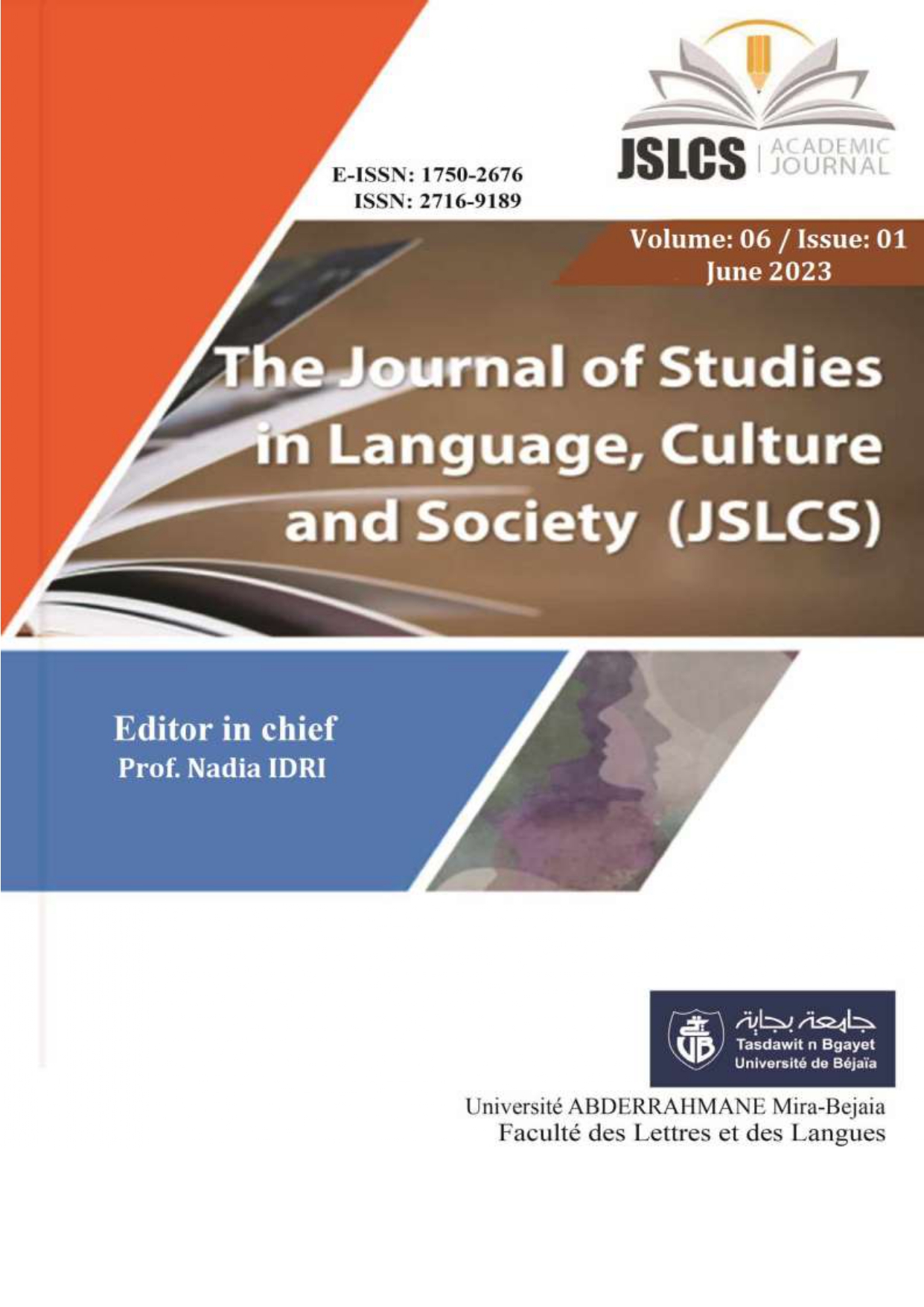Arabic Writers Of Francophone Ancestry: Focus On Shaykh Ibrahim ̕al-kawlakhī ̕as-sinighālī (1900-1975)
Keywords:
’al-Kawlakhī ̕, Francophone, Senegal, Sūfī, TijaniyyahAbstract
Shaykh Ibrahim ’al-Kawlakhī ̕as-Sinighālī was a well-known Arabic scholar and Tijāniyyah leader in Senegal. It is quite impossible to classify his activities into only the Tijāniyyah Sūfī brotherhood or Islamic proselytization for which he became famous, because he contributed significantly to intellectual Jihād which culminated into the production of his voluminous Arabic literary works. He became a prominent figure in sub-Saharan Africa through the Tijāniyyah activities. A good number of works have been written on these activities while acute dearth of attention to his literary productions remains observable. This paper looked beyond his activities as a Sūfī by exploring his contribution to Arabic scholarship in Senegal and beyond. The paper drew the attention of researchers to a seemingly obscure aspect of his life. It revealed that the Shaykh combined Sufism effectively with literary production. Information obtained from the study could be a veritable tool in the efforts to identify and assess the Arabic scholars of Francophone provenance who have contributed significantly to Arabic literary activities in West Africa
References
Abdul-Azeez, R. A. (2016): Styles and Themes in the Arabic Sufi Works of Shayh Muhammad Al-Awwal of Omupo, in Oyeweso, S., Folorunsho, M.A. and Adebayo, R.I. (Eds), Heritage of Islam in Nigeria (pp.376-390). College of Humanities and Culture, Osun State University,
Abdullah, A. (2004). Arabic Poetry in West Africa: An Assessment of Panegyric and Elegy Genres in Arabic Poetry of the 19th and 20th Centuries in Senegal and Nigeria, Journal of Arabic Literature, 35(3), 375
Al-Daʽmi M (1986). The western variant: The Orient, Orientalism, literature of the desert (in Arabic). Cultural Affairs.
Busoeri, M. (2008) Shaykh Ibrahim Niyass between the Law and the Mystical Reality, in Oseni, Z.I.(Ed.), Florescence of Arabic and Islamic Studies in Nigeria. HEBN Publishers Plc.
Folorunso,A.K.(2021). Morpho-Phonological and Semantic Analysis of Language of Islam in the Novels of Sembène Ousmane and Ahmadou Kourouma, in Bidmos, M.A.and Musa,I.A.(Eds.) New Dimensions in Integrated Knowledge, Akoka: University of Lagos Press
Folorunsho, M.A. and Iyanda, R.O. (2020). Effective Teaching of the Arabic and French Literature of Nigerian Provenance in Nigeria: Challenges and Methodology, Orirun: UNIOSUN Journal of African Studies, (Osun State University, Osogbo), Vol.2.
Hiskett ,M. (1975). A History of Hausa Islamic Verse. School of Oriental and African Studies
Humood A. B. K (2002). The Arab East in the eyes of western women: The female Response to Oriental Life with Specific Reference to Harriet Martineau, Gertrude Bell and Freya Stark, M.A. Dissertation in the Council of the College of Education for Women, University of Baghdad.
Hunwick, J.O. (2003). Arabic literature of Africa, Volume 4: The Writings of Western Sudanic Africa. Brill
Kaolack. (2012). Encyclopædia Britannica. Encyclopædia Britannica Ultimate Reference Suite. Encyclopedia Britannica.
Martin, B.G. (1976). Muslim Brotherhoods in 19th Century Africa. Cambridge University Presss.35
Olaniyi, R.O. (2016). Reconsidering the Tijaniyyah Movement in Nigerian History, in Oyeweso, S., Folorunsho, M.A. and Adebayo, R.I. (Eds), Heritage of Islam in Nigeria. College of Humanities and Culture, Osun State University
Shittu, S.A. (2012). Appraisal of Tabsiratul-anam fī anal ‘ilma huwal-imam (Mirror to the World that Knowledge is the Leader), European Scientific Journal, 8(21).
Shittu, S.A. (2013). Arabic Travelogue of Shaykh Ibrahim to Nigeria as in His Naynil-Mafāz: Translation and Appraisal, IOSR Journal of Humanities and Social Science, 7(3).
Wright, Z. (2010). The Kāshif al- ilbās of Shaykh Ibrāhīm Niasse: Analysis of the Text, Islamic Africa, 1(1).
Yahya, M.T. (1997). Eulogy in Kanem-Borno Arabic poetry, Al-Fikr (Department of Arabic and Islamic Studies, University of Ibadan), Vols. 17&18








